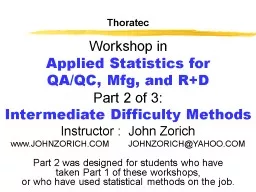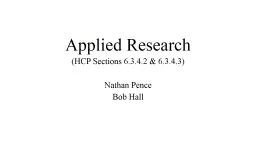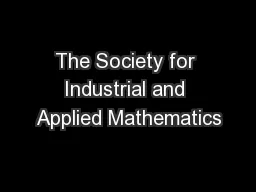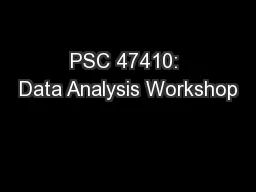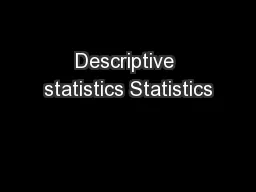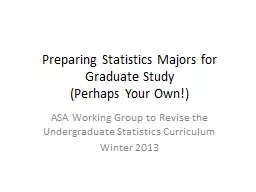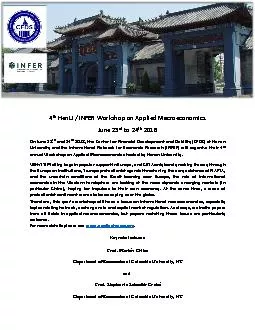PPT-Thoratec Workshop in Applied Statistics for
Author : alexa-scheidler | Published Date : 2018-11-04
QAQC Mfg and R D Part 2 of 3 Intermediate Difficulty Methods Instructor John Zorich wwwJOHNZORICHCOM JOHNZORICHYAHOOCOM Part 2 was designed for students who have
Presentation Embed Code
Download Presentation
Download Presentation The PPT/PDF document "Thoratec Workshop in Applied Statistic..." is the property of its rightful owner. Permission is granted to download and print the materials on this website for personal, non-commercial use only, and to display it on your personal computer provided you do not modify the materials and that you retain all copyright notices contained in the materials. By downloading content from our website, you accept the terms of this agreement.
Thoratec Workshop in Applied Statistics for: Transcript
Download Rules Of Document
"Thoratec Workshop in Applied Statistics for"The content belongs to its owner. You may download and print it for personal use, without modification, and keep all copyright notices. By downloading, you agree to these terms.
Related Documents

